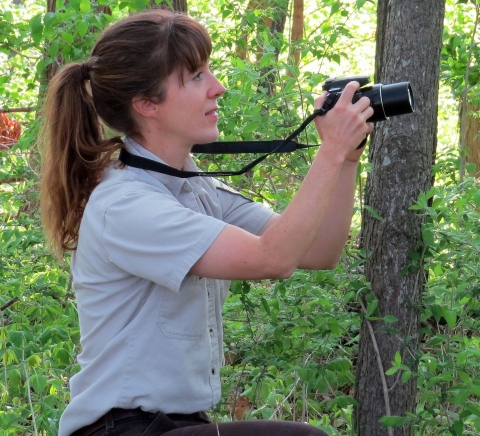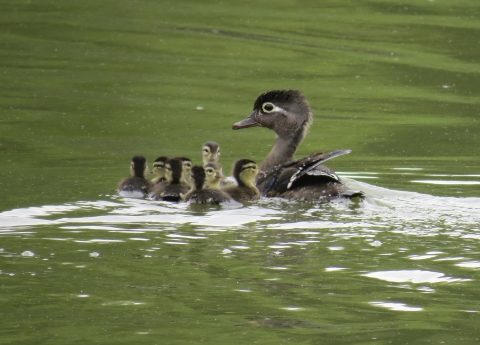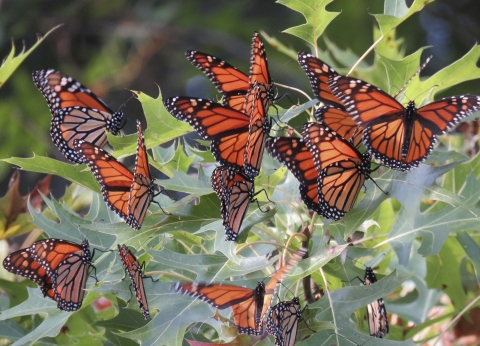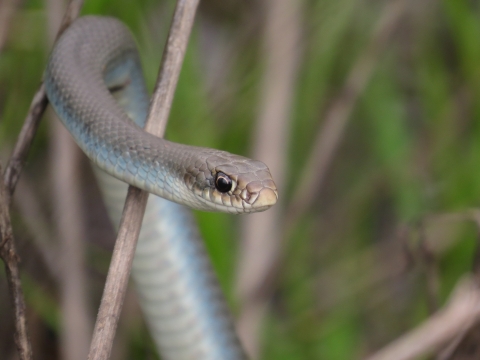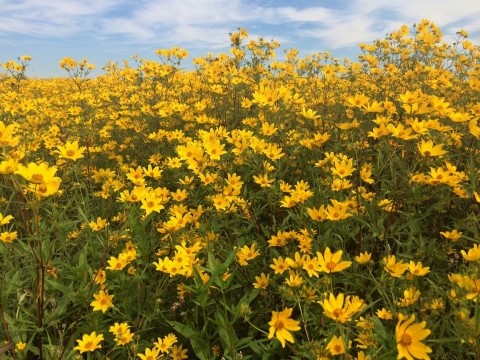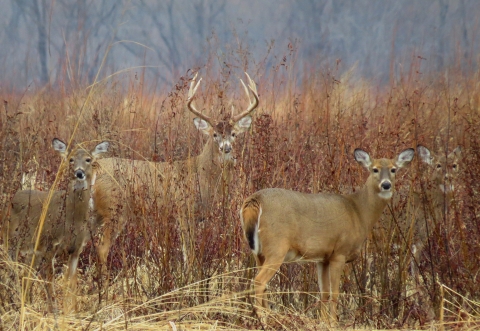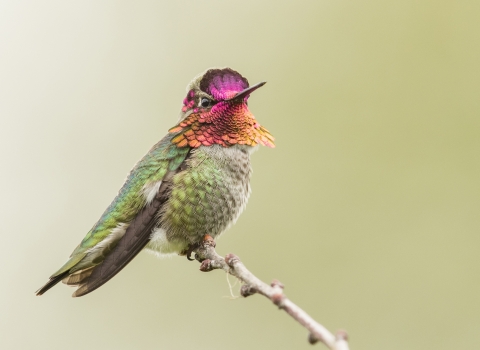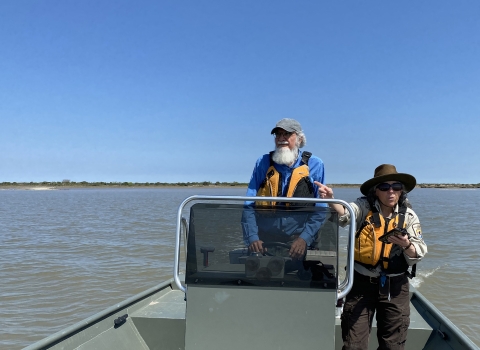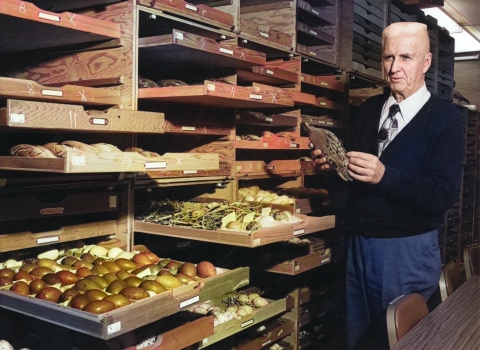National wildlife refuges are wonderful places for nature photography – for visitors and employees.
Meet Jessica Bolser, a wildlife biologist who was based for several years at Port Louisa National Wildlife Refuge in southeastern Iowa. She now holds a similar position at Rainwater Basin Wetland Management District in Nebraska.
In addition to studying and monitoring the local wildlife, she uses her keen observation skills to capture some amazing shots. Bolser has taken hundreds, maybe thousands, of photographs in recent years.
One of her favorites from Port Louisa National Wildlife Refuge, of a female eastern amberwing dragonfly, appears above. What she loves about that photo “is the delicate detail on the wing and the tiny hairs on the legs.”
Below are some more of her favorite photos from the refuge, accompanied by her reflections on why she took them and what she likes about them.
“There is something about the spring movement of waterfowl along the Mississippi River that makes me feel such a connection to the changing of seasons, and awe at the instinct that drives these birds to migrate each year. It is amazing to witness the dawn flight of waterfowl out of the refuge and over the river. This photo shows flocks of geese and a sunrise sky.”
“Wood ducks are the most common species of breeding duck on Port Louisa National Wildlife Refuge. I think this photo captures how careful and watchful this hen wood duck was over her young brood of ducklings.”
“I was truly fortunate to experience large flocks of migrating monarch butterflies on Port Louisa National Wildlife Refuge in the fall of 2017. It was amazing to see groups of monarchs starting to roost on pin oak leaves in the evening light. The monarchs were very active, and the blurred monarchs in this photo capture that movement.”
“I found this snake while doing plant surveys in a wet meadow. I like how this photo highlights the detail in the eyes and face. This snake had such big eyes. Also, I like the detail of the pale blue in the scales.”
“Tickseed sunflower (Bidens) is a wonderful native plant for wildlife in the floodplain on Port Louisa National Wildlife Refuge. The flowers are a valuable nectar source for monarchs and other butterflies, and the seeds are consumed by many species, including waterfowl, quail, white-tailed deer and small mammals. It is quite a sight to see a whole yellow field of this late-flowering plant.”
“I love the colors in this photo — the rusty reds, blue-grays and browns — and how the deer start to fade into the vegetation.”
More photoGRAPHY tips Visit a national wildlife refuge


